Introduction
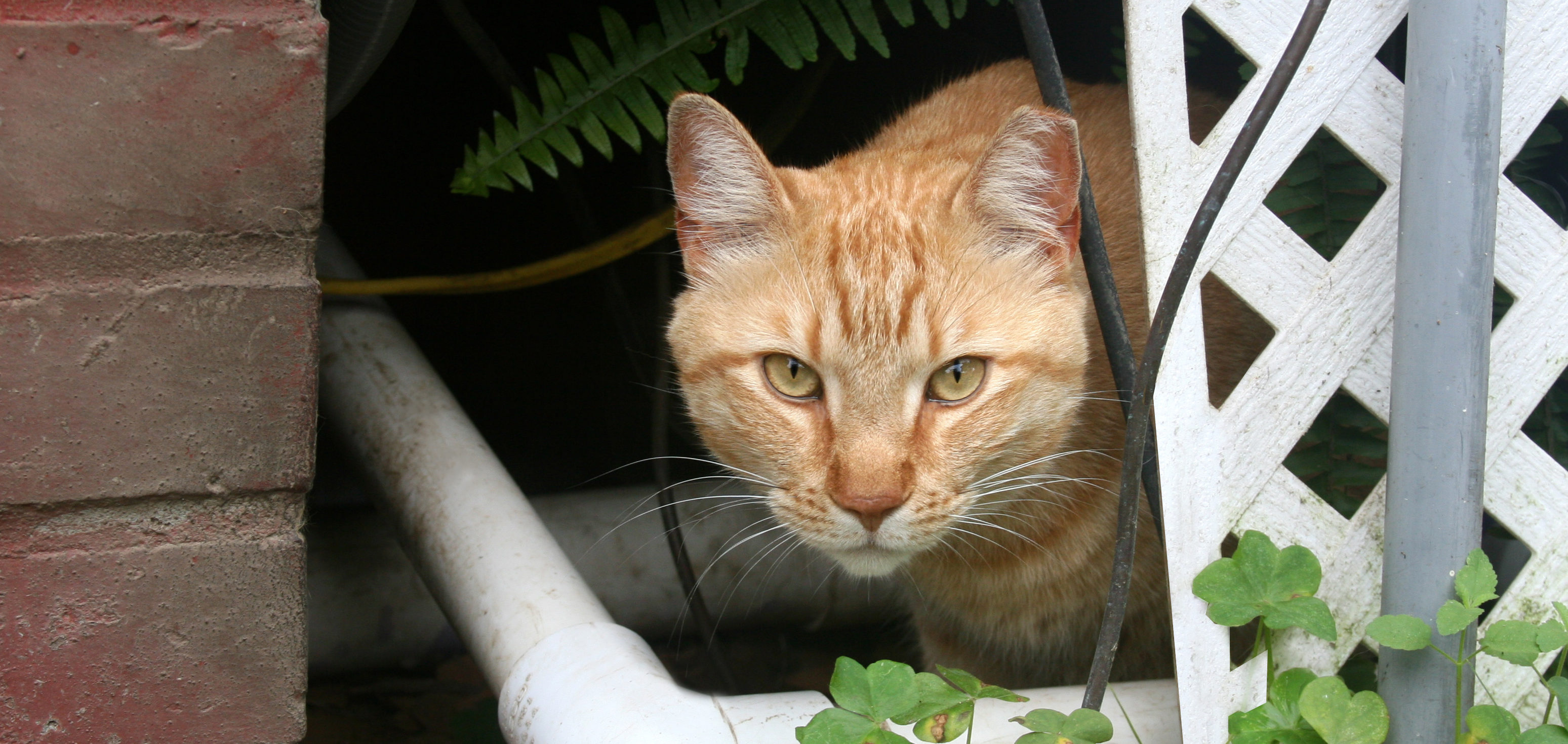
The practice of ear tipping plays a crucial role in feral cat management. It is an effective method for identifying cats that have been spayed or neutered, allowing caretakers and communities to track and monitor their efforts to control feral cat populations. Ear tipping involves the removal of a small portion of the cat's ear in a safe and humane manner. This distinctive marking not only helps prevent unnecessary or repeated trapping of cats but also aids in disease management and population control. Understanding the purpose and procedures of ear tipping is essential to ensure its successful implementation.
Understanding the importance of ear tipping in feral cat management
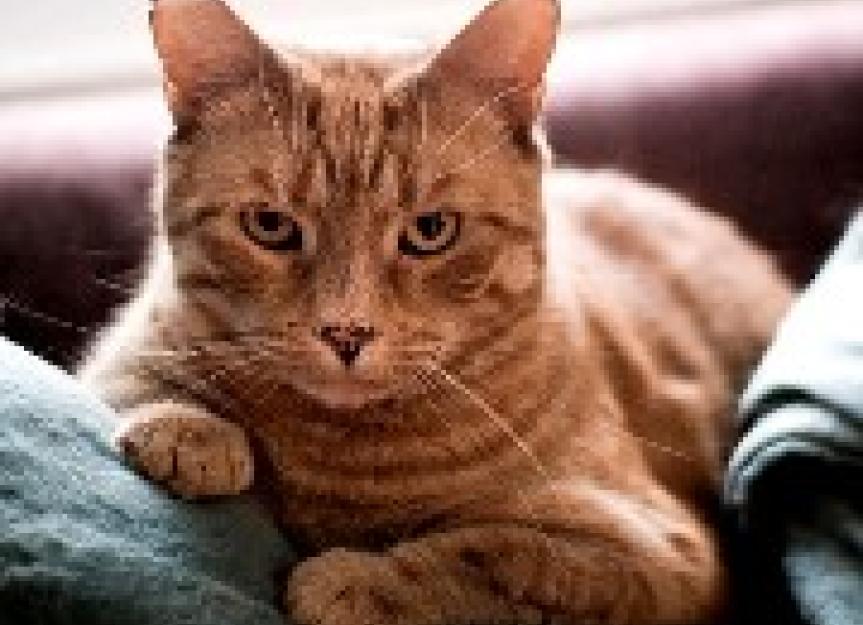
Ear tipping plays a vital role in feral cat management. It allows caretakers and communities to identify cats that have already been spayed or neutered, preventing unnecessary trapping and reducing stress on the cats. This method of marking also helps track and monitor population control efforts and aids in disease management. By understanding the importance of ear tipping, caretakers and communities can effectively manage feral cat populations while promoting the well-being of these animals.
Benefits of ear tipping in feral cat populations

Ear tipping in feral cat populations offers numerous benefits. Firstly, it allows caretakers and communities to easily identify cats that have already been spayed or neutered, saving them from unnecessary trapping. Additionally, ear tipping helps track and monitor population control efforts, ensuring that resources are effectively allocated. Furthermore, it aids in disease management by allowing caretakers to quickly identify cats that have already been vaccinated or treated. Overall, ear tipping plays a crucial role in feral cat management and promotes the well-being of these animals.
What is Ear Tipping?

Ear tipping is a widely recognized practice in feral cat management. It involves the surgical removal of a small portion of the left ear tip under safe and controlled conditions. This procedure is performed while the cat is sedated and does not cause any significant pain or harm to the cat. The purpose of ear tipping is to provide a visible and permanent identification mark that indicates that the cat has been spayed or neutered. This helps prevent unnecessary trapping and promotes effective population control efforts.
Definition and purpose of ear tipping
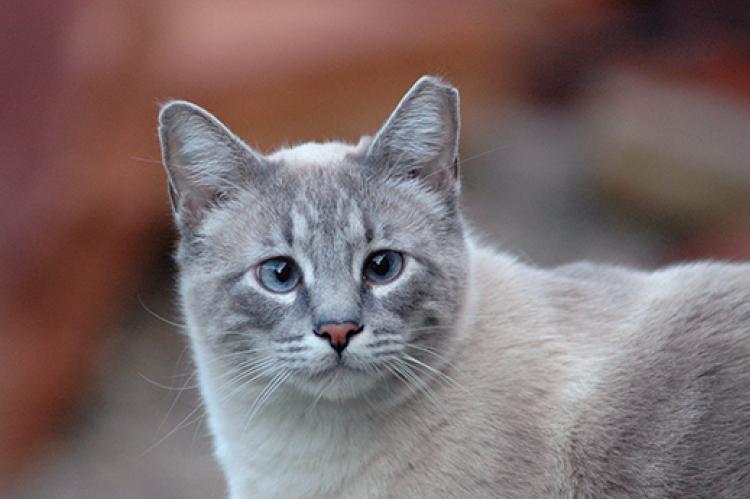
Ear tipping is a surgical procedure performed on feral cats under sedation, where a small portion of the left ear tip is removed. This permanent and visible identification mark indicates that the cat has been spayed or neutered. The purpose of ear tipping is to prevent unnecessary trapping and provide a clear signal that the cat is part of a managed feral cat colony. It helps maintain population control efforts and promotes efficient feral cat management.
Differentiating ear tipping from other forms of ear markings
Ear tipping is a specific form of marking feral cats that involves the removal of a small portion of the left ear tip. This procedure is distinct from other forms of ear markings, such as notching or tattooing. Notching involves making V-shaped or U-shaped cuts in the ear, while tattooing uses permanent ink to create a visible mark. However, ear tipping is considered more reliable and easily recognizable, as the missing portion of the ear is easily visible from a distance, even if the cat is not close enough to be examined closely.
The Procedure of Ear Tipping

The procedure of ear tipping involves the safe and humane removal of a small portion of the left ear tip in feral cats. This is typically done under anesthesia by a trained veterinarian or experienced caretaker. The ear tip is cut at a precise angle to ensure visibility from a distance. The process is quick and efficient, with minimal discomfort for the cat. Proper sterile techniques and equipment are used to minimize any risks or complications.
Safe and humane techniques for ear tipping
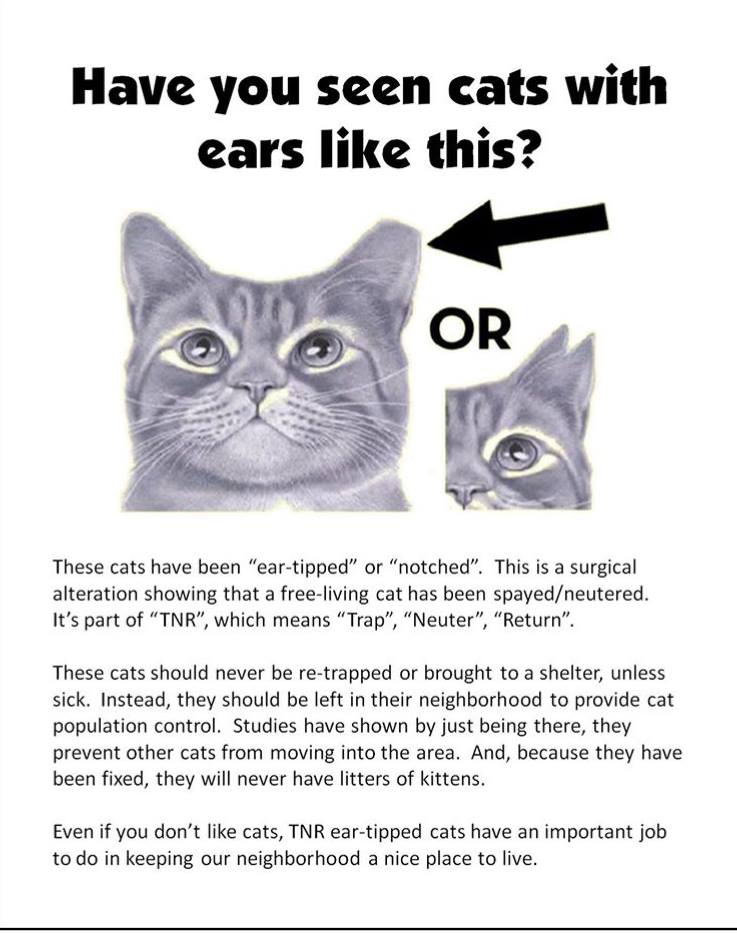
During the ear tipping procedure, trained veterinarians or experienced caretakers prioritize the safety and well-being of the feral cat. Under anesthesia, a small portion of the left ear tip is precisely removed, ensuring visibility from a distance. Sterile techniques and equipment are utilized to minimize any potential risks or complications. The process is efficient and quick, causing minimal discomfort to the cat. These safe and humane techniques ensure that the ear tipping procedure is conducted with care and compassion.
Considerations before and during the procedure

Before and during the ear tipping procedure, several important considerations must be taken into account. Prior to the procedure, it is crucial to ensure that the feral cat is properly assessed and determined to be a suitable candidate for ear tipping. This involves evaluating the cat's overall health, temperament, and suitability for anesthesia. Additionally, it is essential to adequately prepare the equipment and supplies, ensuring they are sterile and readily accessible. During the procedure, the veterinarian or caretaker must maintain a calm and controlled environment, while prioritizing the safety and well-being of the cat.
Ear Tipping Equipment and Supplies

Ear tipping requires specific equipment and supplies to ensure a safe and successful procedure. The essential tools needed include surgical scissors or a scalpel for precise cutting, a sterile surgical drape to maintain cleanliness, and a sterile ear tag marker for accurate identification. Other supplies to have on hand are sterile gloves, antiseptic solution for cleaning the surgical area, and sterile absorbent gauze for post-procedure care. It is important to choose high-quality, reputable brands for these items to ensure the best outcomes for the cats.
Essential tools and materials needed for ear tipping

To properly perform an ear tipping procedure, several essential tools and materials are required. These include surgical scissors or a scalpel for precise cutting, a sterile surgical drape to maintain cleanliness, and a sterile ear tag marker for accurate identification. Other necessary supplies include sterile gloves, antiseptic solution for cleaning the surgical area, and sterile absorbent gauze for post-procedure care. It is crucial to use high-quality, reputable brands for these items to ensure the best outcomes for the cats.
Recommended brands and options for ear tipping equipment

When it comes to selecting the right equipment for ear tipping, there are several reputable brands and options available. Some recommended brands for surgical scissors or scalpel include Miltex and Sklar. For sterile surgical drapes, brands like Medline and Dynarex are popular choices. When it comes to ear tag markers, Allflex and Y-Tex are trusted brands. It is essential to choose high-quality equipment that ensures precision, sterility, and safety during the ear tipping procedure.
Proper Care and Healing Process

After the ear tipping procedure, it is crucial to provide proper care to ensure the healing process goes smoothly. Keep the ear clean by gently wiping it with a mild antiseptic solution. Monitor for any signs of infection, such as redness or discharge. Provide the cat with a comfortable and calm environment to reduce stress. It is important to avoid touching or pulling on the ear tip as it heals. If any complications arise, such as excessive bleeding or swelling, consult a veterinarian for further guidance and treatment.
Post-operative care instructions for ear-tipped cats
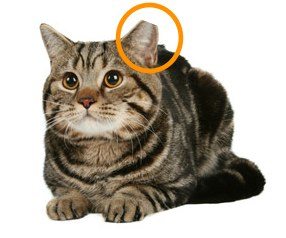
After the ear tipping procedure, it is crucial to provide proper care to ensure the healing process goes smoothly. Keep the ear clean by gently wiping it with a mild antiseptic solution. Monitor for any signs of infection, such as redness or discharge. Provide the cat with a comfortable and calm environment to reduce stress. It is important to avoid touching or pulling on the ear tip as it heals. If any complications arise, such as excessive bleeding or swelling, consult a veterinarian for further guidance and treatment.
Common complications and how to address them

Common complications that may arise after an ear tipping procedure include excessive bleeding, swelling, or signs of infection such as redness or discharge. If any of these complications occur, it is important to seek veterinary assistance promptly. The veterinarian will be able to examine the cat's ear, provide appropriate treatment, and offer guidance on further care. It is crucial to not attempt to address these complications on your own and to follow the veterinarian's recommendations for a successful recovery.
Legal and Ethical Considerations

When it comes to ear tipping for feral cat management, there are important legal and ethical considerations to keep in mind. From a legal standpoint, some jurisdictions may require permits or have specific regulations regarding the use of ear tipping. It is crucial to familiarize yourself with the local laws and adhere to any requirements. Ethically, there may be concerns surrounding the practice of ear tipping, such as the potential for pain or discomfort to the cats. It is essential to consult with professionals and organizations experienced in feral cat management to ensure that the procedure is carried out in a humane and compassionate manner.
Legal requirements and permits for ear tipping
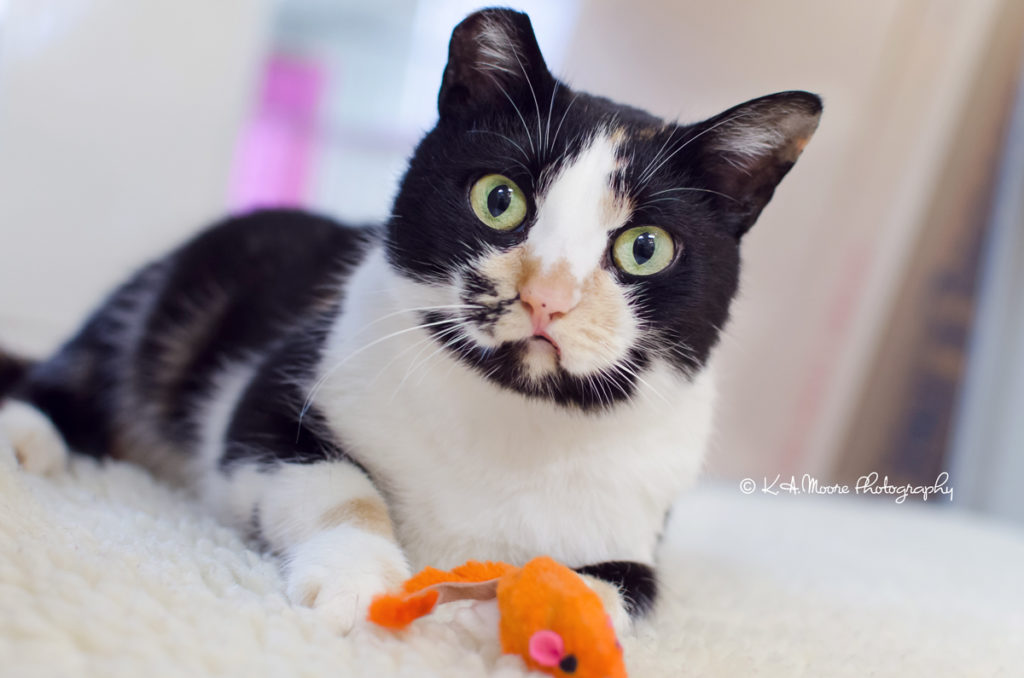
Legal requirements and permits for ear tipping may vary depending on the jurisdiction. Certain areas may have specific regulations in place that govern the use of ear tipping for feral cat management. It is crucial for individuals involved in ear tipping to familiarize themselves with the local laws and obtain any necessary permits. This ensures that the procedure is carried out in compliance with legal requirements and helps maintain the proper documentation and accountability for the management of feral cat populations.
Ethical concerns surrounding the practice

Ethical concerns surrounding the practice of ear tipping for feral cat management primarily revolve around the potential physical discomfort and stress it may cause to the cats. Critics argue that altering the appearance of a cat without its consent infringes upon its autonomy and welfare. They argue that alternative methods, such as non-surgical ear tags or microchipping, should be explored. However, proponents argue that the benefits of ear tipping, such as population control and disease prevention, outweigh these ethical concerns and that the procedure is performed with minimal pain and distress to the cats.
Benefits of Ear Tipping
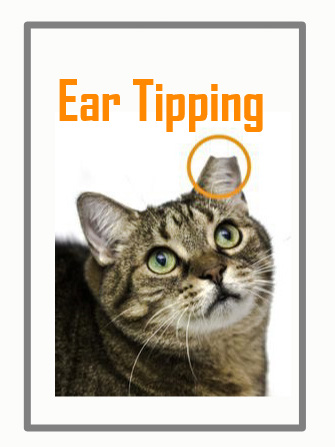
Ear tipping provides numerous benefits in the management of feral cat populations. By clearly marking ear-tipped cats, caretakers can easily identify which cats have been spayed or neutered, preventing unnecessary repeat surgeries. This helps save time, resources, and reduces the risk of potential complications. Additionally, ear tipping allows for effective monitoring and tracking of the cats' population, ensuring that they receive the necessary care and preventing overpopulation. Overall, ear tipping plays a crucial role in the efficient and responsible management of feral cat colonies.
Advantages of ear tipping for feral cat caretakers and communities

Ear tipping offers numerous advantages for feral cat caretakers and communities. Firstly, it provides a visible and permanent marker that allows caretakers to easily identify which cats have been spayed or neutered, saving time and resources. This prevents unnecessary repeat surgeries and ensures efficient use of limited resources. Additionally, ear tipping enables effective monitoring and tracking of the cat population, helping to prevent overpopulation and ensure that the cats receive the necessary care. Overall, ear tipping is a valuable tool in the responsible management of feral cat colonies.
Impact on population control and disease management

Ear tipping plays a crucial role in population control and disease management within feral cat communities. By identifying and sterilizing ear-tipped cats, it prevents the unchecked growth of the population and reduces the risk of overbreeding. This helps to minimize the competition for resources and can lead to better overall health conditions for the cats. Additionally, by easily identifying sterilized cats, it becomes easier to track and manage their health, ensuring that necessary vaccinations and treatments are provided, thus reducing the spread of diseases within the population.
Challenges and Limitations

Challenges and Limitations:
Implementing ear tipping in feral cat management does come with a few challenges. One challenge is capturing and handling feral cats, as they can be elusive and difficult to handle. Additionally, financial constraints may limit the resources available for ear tipping programs. Another limitation is the inability to accurately identify ear-tipped cats from a distance, which can make it challenging to track and manage an entire feral cat population. Despite these challenges, ear tipping remains a valuable tool in feral cat management efforts.
Challenges encountered when ear tipping feral cats

Capturing and handling feral cats can be a significant challenge when implementing ear tipping. These cats are often elusive and difficult to handle, requiring specialized techniques to safely perform the procedure. Additionally, financial constraints may limit the availability of resources for ear tipping programs. Another challenge is the inability to accurately identify ear-tipped cats from a distance, making it challenging to track and manage the entire feral cat population. Despite these challenges, ear tipping remains a valuable tool in feral cat management efforts.
Limitations of ear tipping for feral cat management

While ear tipping is a valuable tool in feral cat management, it does have some limitations. One limitation is that ear tipping only provides identification and management information for individual cats, but it does not address the larger issue of feral cat populations as a whole. Additionally, ear tipping does not eliminate the need for ongoing trapping and neutering efforts, as reproduction can still occur. Another limitation is that it can be challenging to accurately identify ear-tipped cats from a distance, which can hinder tracking and management efforts. Despite these limitations, ear tipping remains an important component of feral cat management strategies.
Conclusion

In conclusion, ear tipping plays a crucial role in feral cat management. It provides a clear and visible identification method for individual cats, aiding in population control and disease management efforts. While it may have limitations, such as not addressing the overall feral cat population and the need for ongoing trapping and neutering, ear tipping remains an essential tool. By promoting awareness and understanding of ear tipping, we can continue to improve the well-being of feral cats and our communities.
The importance of ear tipping in feral cat management

Ear tipping plays a crucial role in feral cat management by providing a clear and visible identification method for individual cats. This helps to track and monitor their population, allowing for effective population control and disease management efforts. By easily identifying ear-tipped cats, caretakers can ensure that they receive the necessary care, such as neutering and vaccinations. Ear tipping also helps to distinguish feral cats from owned cats, preventing unnecessary trapping or euthanasia. Overall, ear tipping is an essential tool in promoting the well-being of feral cats and the communities they inhabit.
Promoting awareness and understanding of ear tipping

Promoting awareness and understanding of ear tipping is essential in ensuring its widespread adoption and acceptance. Educating feral cat caretakers, veterinary professionals, and the general public about the purpose and benefits of ear tipping can help dispel any misconceptions or concerns surrounding the procedure. Encouraging discussions and providing educational resources can increase understanding of why ear tipping is necessary for effective feral cat management. By promoting awareness, communities can work together to support the well-being of feral cats and create a more compassionate approach to their care.




0 Comments